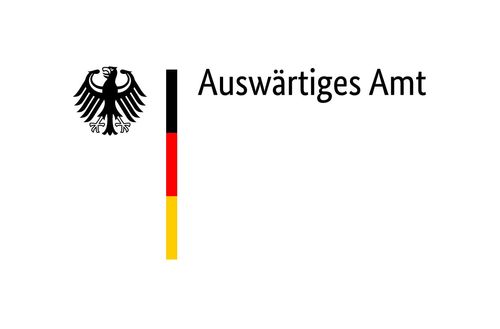Musée d‘ethnographie de l‘Université de Bordeaux
Liliia Zdor and her team* explain the parka made from walrus gut
“This is a raincoat for a man. Women’s raincoats are typically longer than men's. The Chukchi men's raincoat is always shorter than the women’s version. A shorter coat is practical when traveling by boat or navigating rugged terrain such as cliffs, ravines, or steep shores. Making such a raincoat requires almost the entire intestine of an adult walrus. The guts are spread out and cut into pieces about 40 cm long. Each piece is then sliced lengthwise. The inner lining of the intestine is carefully scraped with a scraper. These strips are then dried and kneaded regularly by hand. Afterward, they are lightly moistened with water and sewn together. To reinforce the seams of the sleeves and hood, strips of treated seal skin (mandarka) are sewn in. At the hood’s opening, a band made from braided animal sinew is inserted for additional strength. This raincoat is worn in rainy weather. Marine hunters use it when going out to sea. Today, residents of Chukotka use raincoats made of synthetic materials, and walrus guts are used only for food. A gut raincoat requires continuous care: after use, it must be dried and kneaded by hand. When it’s fully dried, it is stored in a special clothing bag.” (Video in progress)
* Liliia Zdor, Galina Etul', Irina Gyrgol'naut, Irina Nutetgivev and Mark Zdor.
Self-recorded. Fairbanks, 2024.



